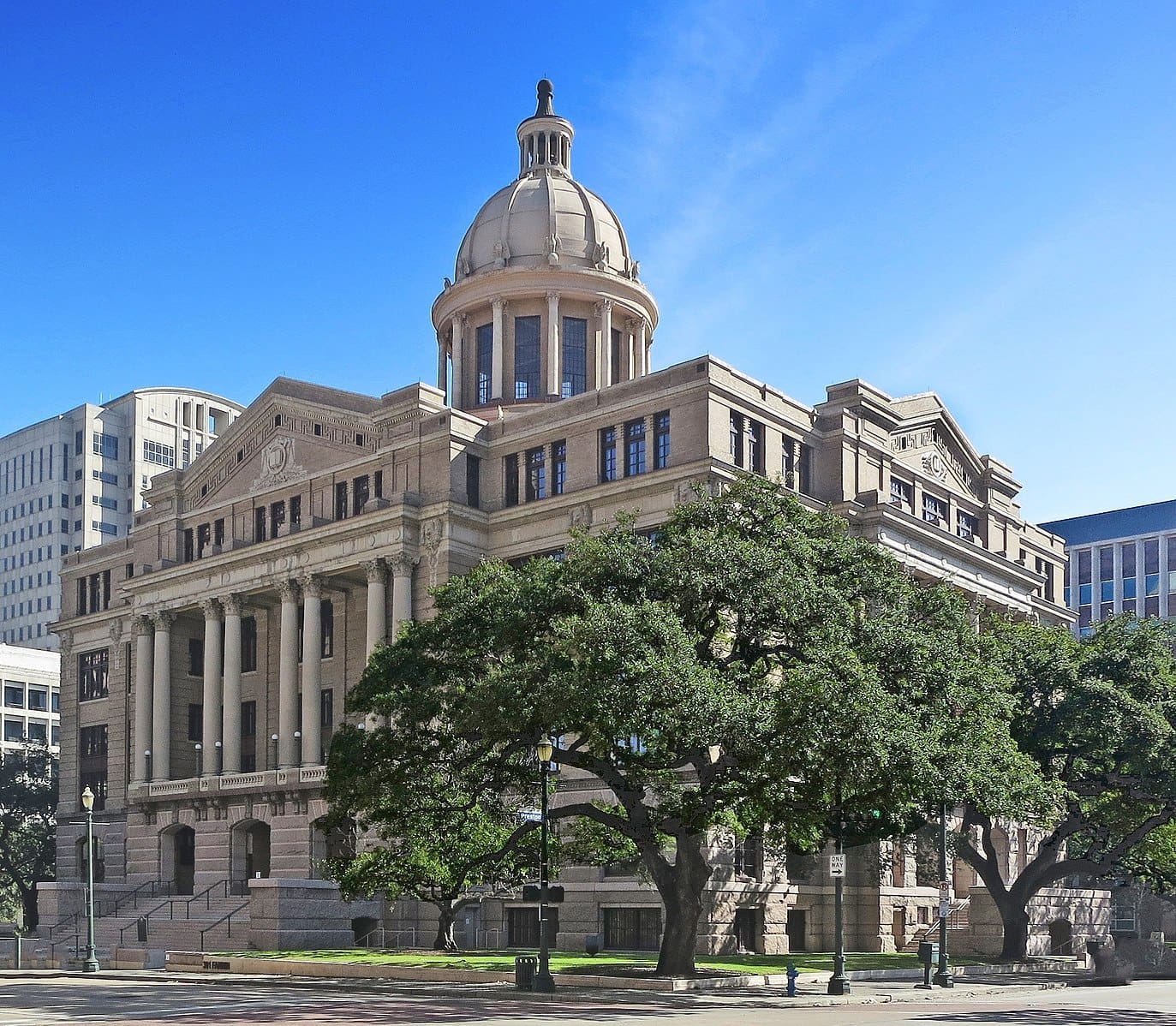As inconvenient as it might be to big-spenders and bureaucrats, the government data published in our Metroplex Bureau’s Local Government Snapshot analysis is encouraging a much needed public debate regarding the proper size and scope of local government.
Worried that citizens might start asking pesky questions, local officials have responded by defensively seeking to distort our findings and slander our intentions.
Ironically, it’s the formatting and complexity of their city’s financial documents that makes comparisons between cities incredibly challenging. A government’s “summarized” financials can be over 150 pages long. Complexity is the enemy of transparency, and government reports are unnecessarily complex.
We reiterated this in our comparison of the number of government workers across North Texas’ fifty largest cities.
“Since local government reports are not entirely standardized, staffing levels across different [employee] categories could not be compared separately for [the LGS] analysis. This presents significant analytical challenges…Legislative reforms will be needed that require political subdivisions to standardize their CAFRs to increase transparency and public accountability.”
Perhaps the biggest mischaracterization of the Snapshot analysis is that it’s a “scorecard,” or rating system. Its purpose is not to “rate” cities but rather publish data as reported in a city’s own CAFR report. It aims to make it easier for key statistics across municipalities to be compared, while relieving taxpayers of the daunting task of searching through complex reports.
In other words, it’s a starting point from which citizens and officials can begin a more meaningful policy discussion about the appropriate size and scope of city government.
If your city fathers don’t like the data presented, then they need to fix the data they are supplying. They need to make their operations more transparent, not less so.
As is explicitly stated in our published material, not all cities offer identical bundles of “general” government or “business-type” activities. But local residents should know how large their city government is, how many resources they consume (both taxes and fees), and how that compares to neighboring communities.
The City of Denton, for example, has chosen to offer a larger scope of services than many of its peers, with its electric utility being a notable example. But residents in communities without a city-owned utility aren’t without electricity—they simply buy that service elsewhere. Should the city of Denton own and operate an electric utility? That’s a question Denton’s citizens should consider.
It makes logical sense that cities providing a larger scope of services, like Denton, may result in them also having significantly higher spending levels and a larger number of staff. But even if all employees working in a “business-type” service (such as the electric utility, airport and others) are excluded, Denton still employs more total staff than half of the other cities included in the snapshot, when measured on a per resident basis.
Elected officials should welcome, not disparage, a greater level of citizen participation in the governance of their own community, even if it involves closer scrutiny and debate. After all, as a public servant it is the duty of politicians to represent citizens in government, not the government to citizens.
Doing so often involves justifying the taxes and fees they levy, along with reexamining the size and scope of services the institution they were elected to oversee provides their fellow citizens.




